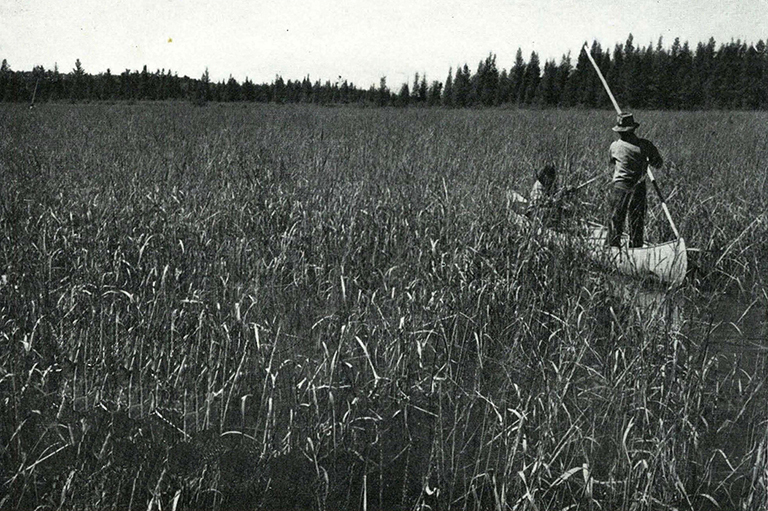Inuit Raincoat

Gut-skin raincoats are one of many examples of how indigenous peoples used all parts of the animals they hunted.
This coat was made by sewing together strips of cleaned whale intestine with black thread, instead of the more traditional sinew (which would have increased the waterproofing, as sinew expands when wet, plugging the stitch holes).
Unlike the other gut-skin coat in the HBC museum collection (which is from the eastern Arctic), this one by the Mackenzie Delta Inuit has been elaborately decorated with tufts of crested auklet feathers and auklet beaks.
Gut-skin raincoats were perfect for the wet and harsh Arctic environment, as they were more waterproof than regular fur garments. Raincoats were worn for kayaking, or for fishing in shallow tidal waters, and even in some ceremonies and dances.
This gut-skin coat was donated to the collection, likely in the 1920s, by the post inspector for the northern Mackenzie River.
Themes associated with this article
Advertisement








